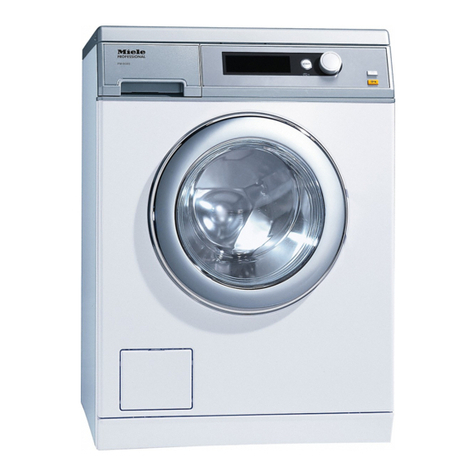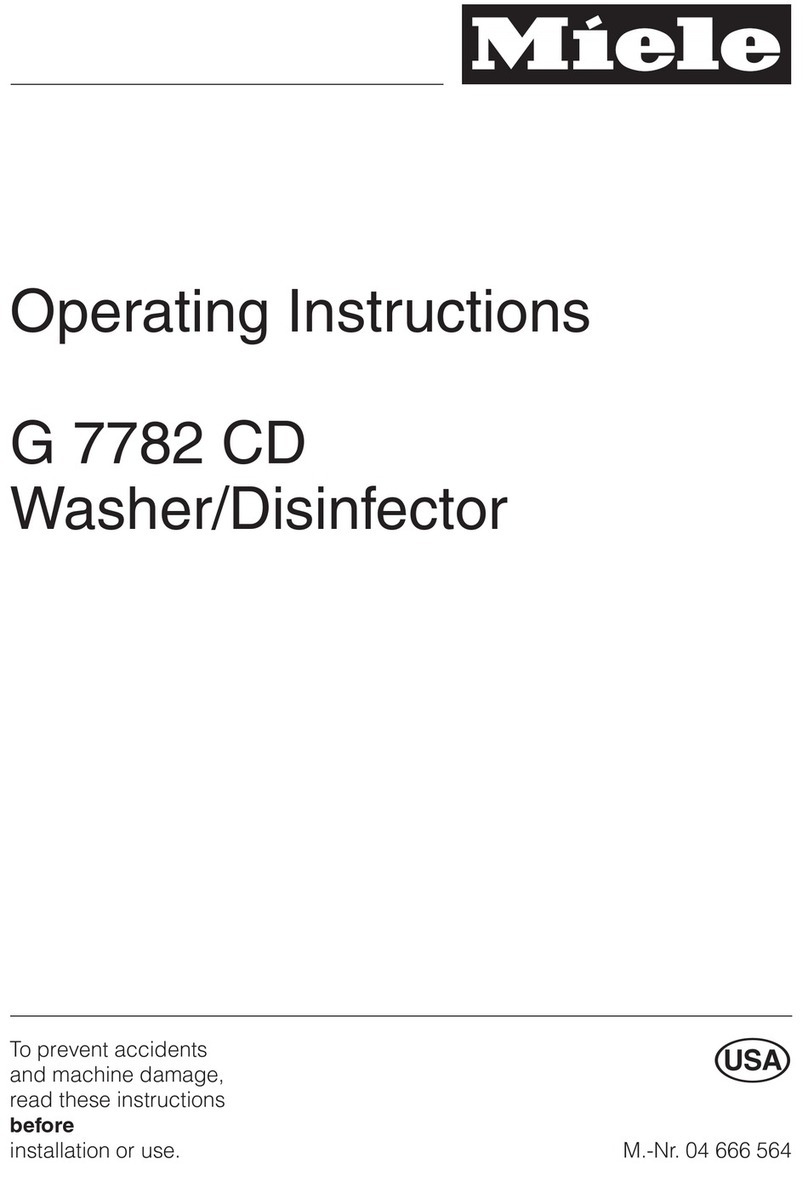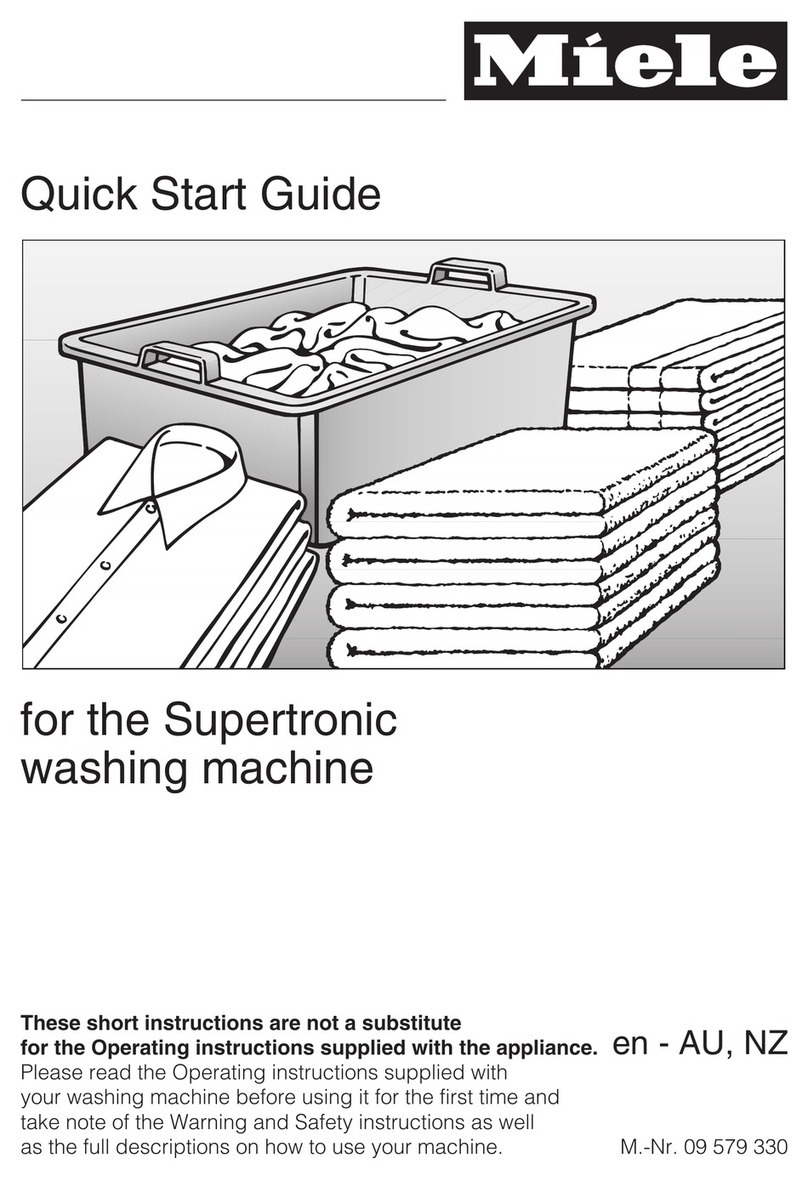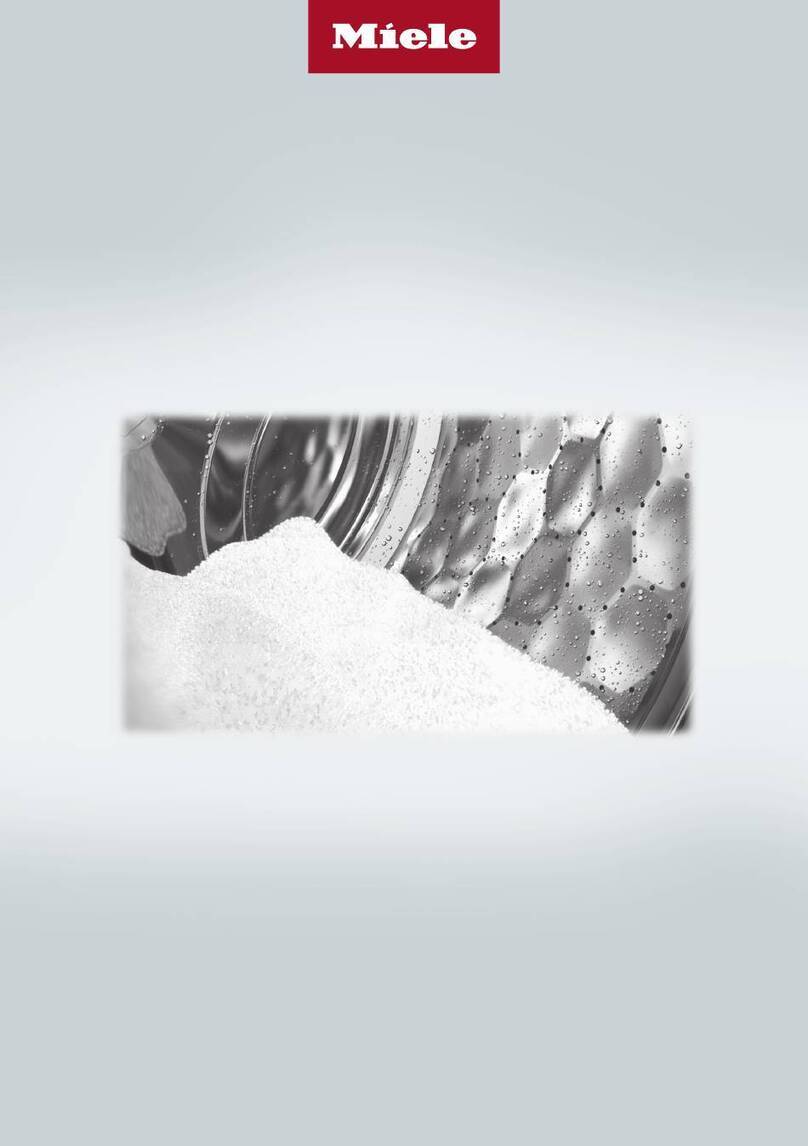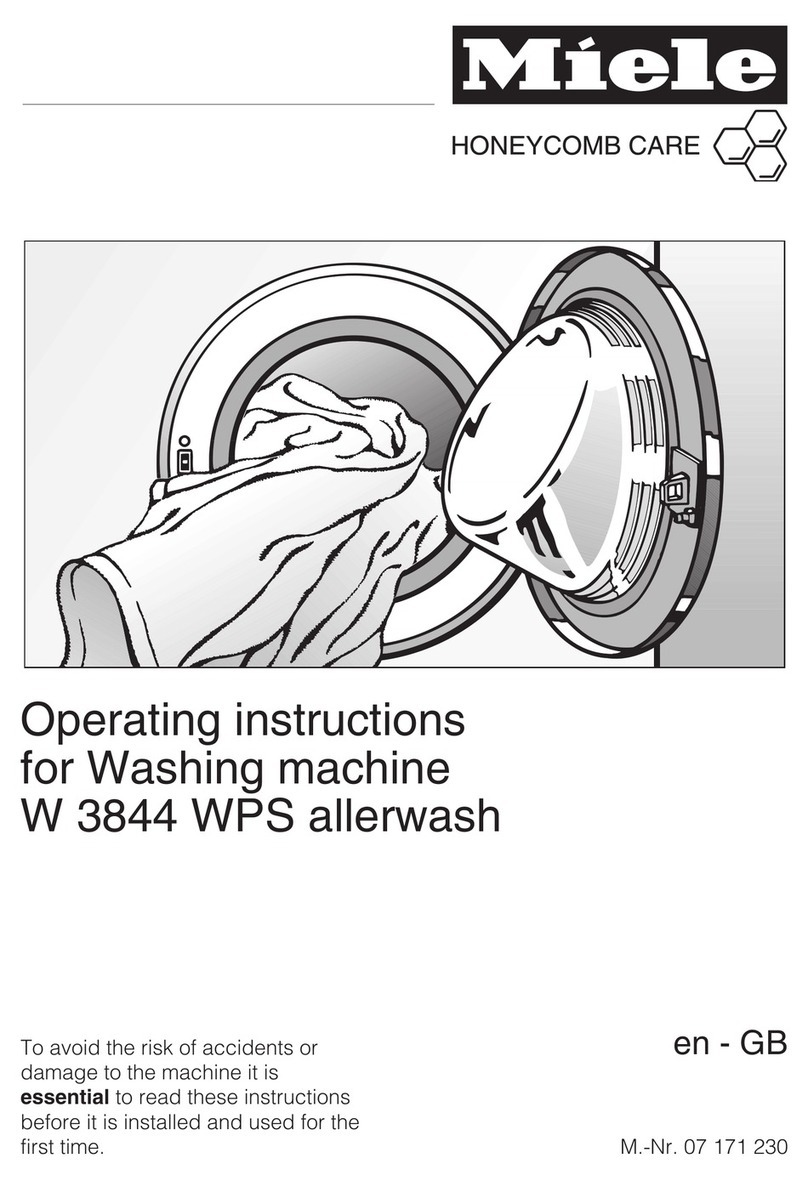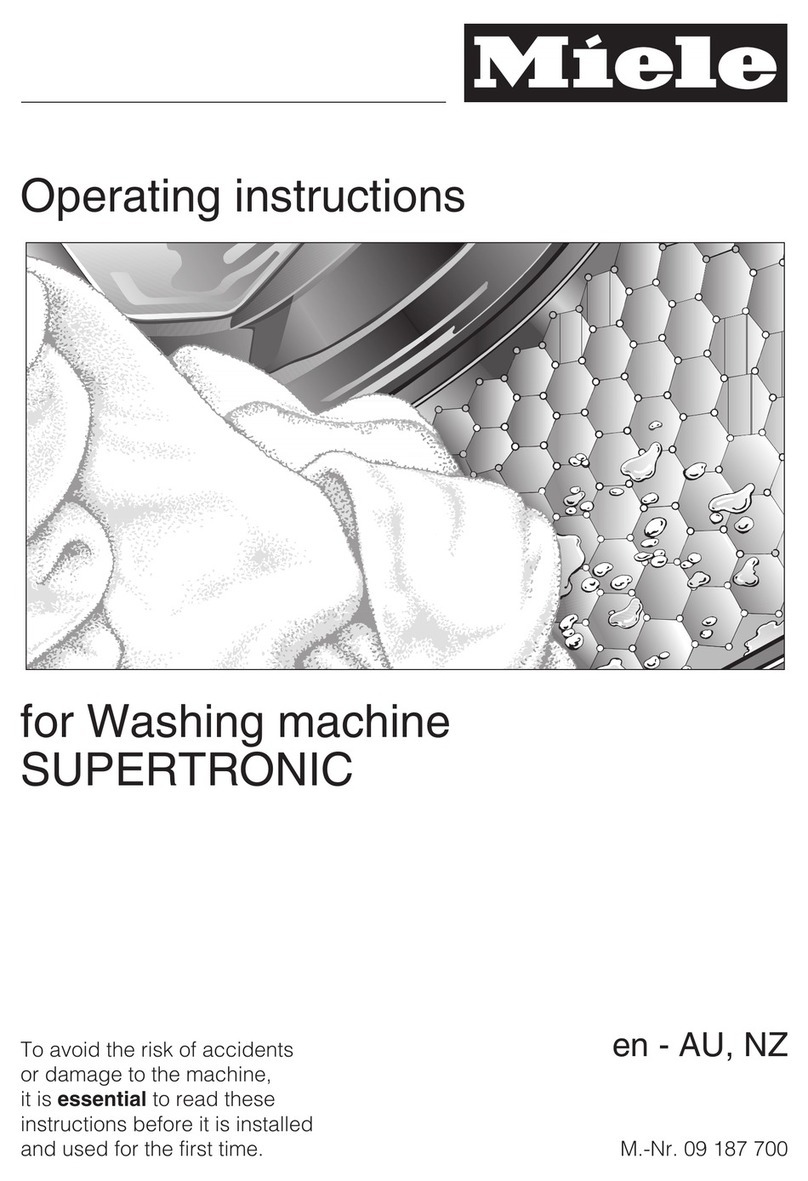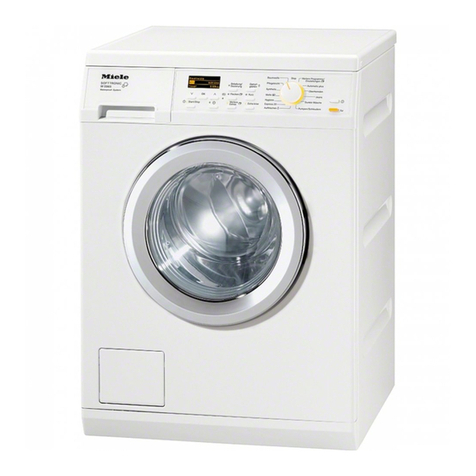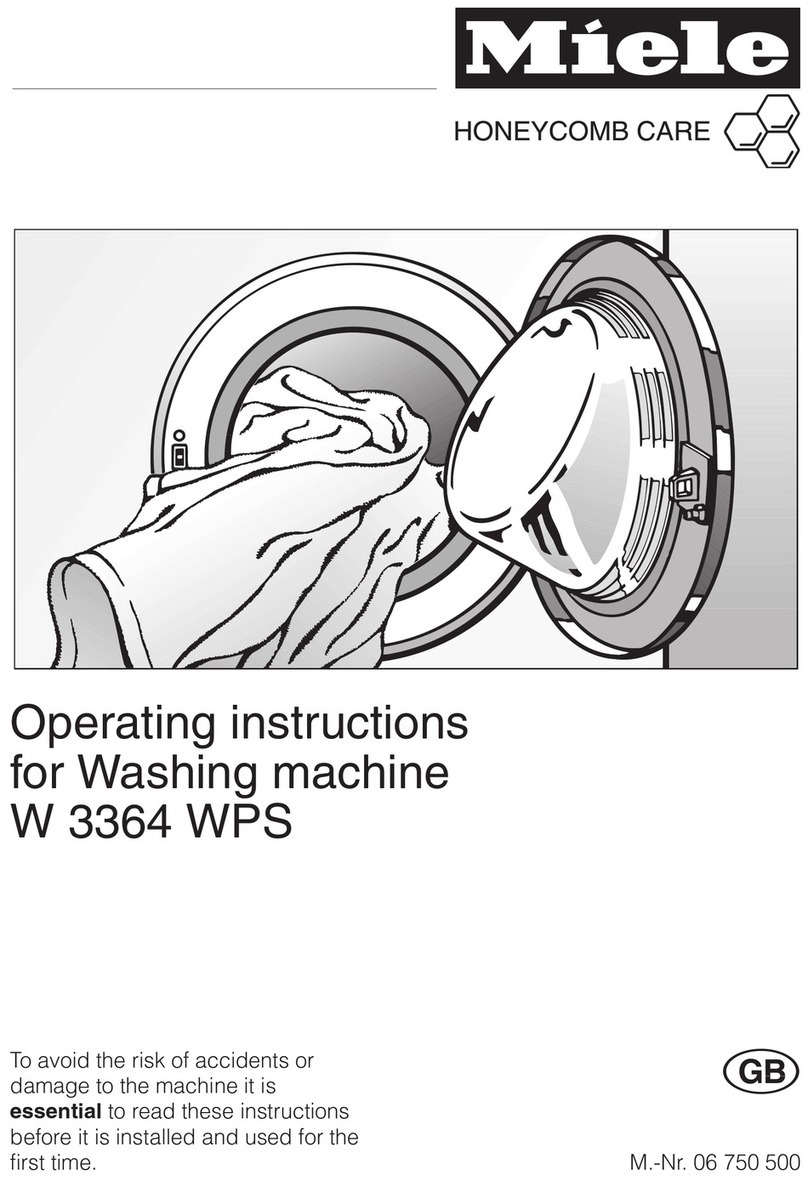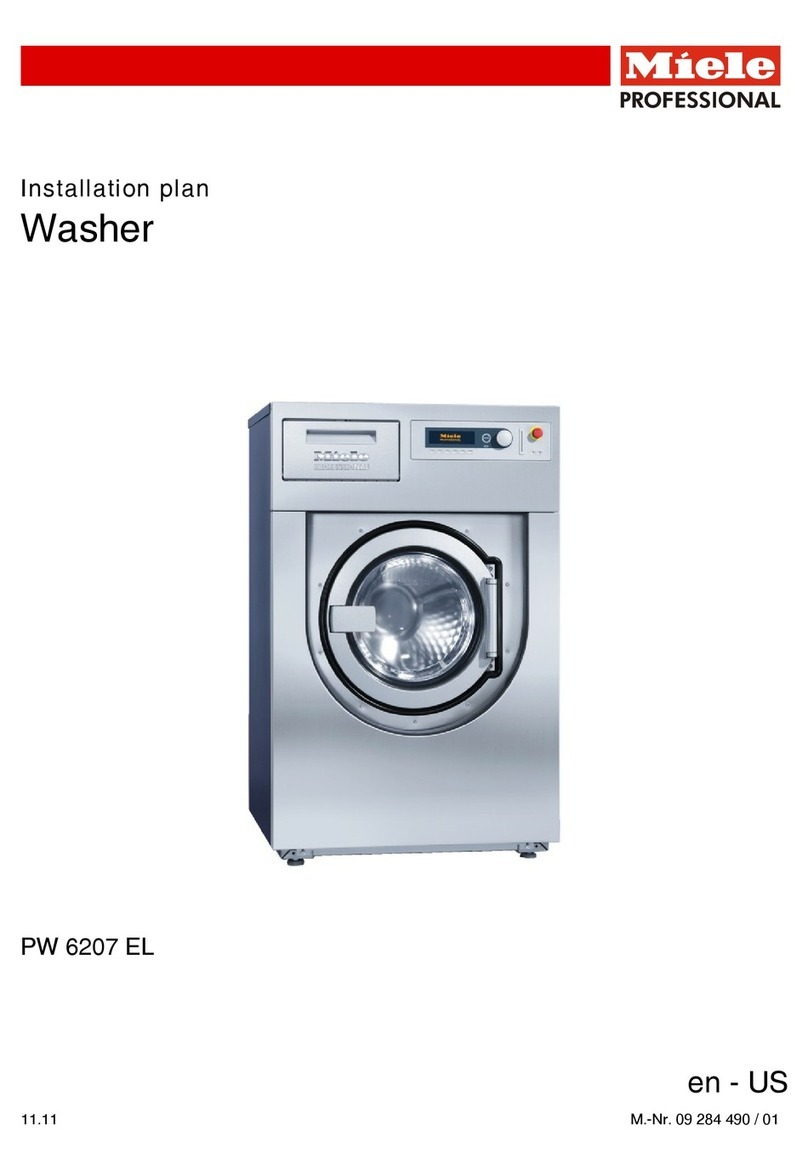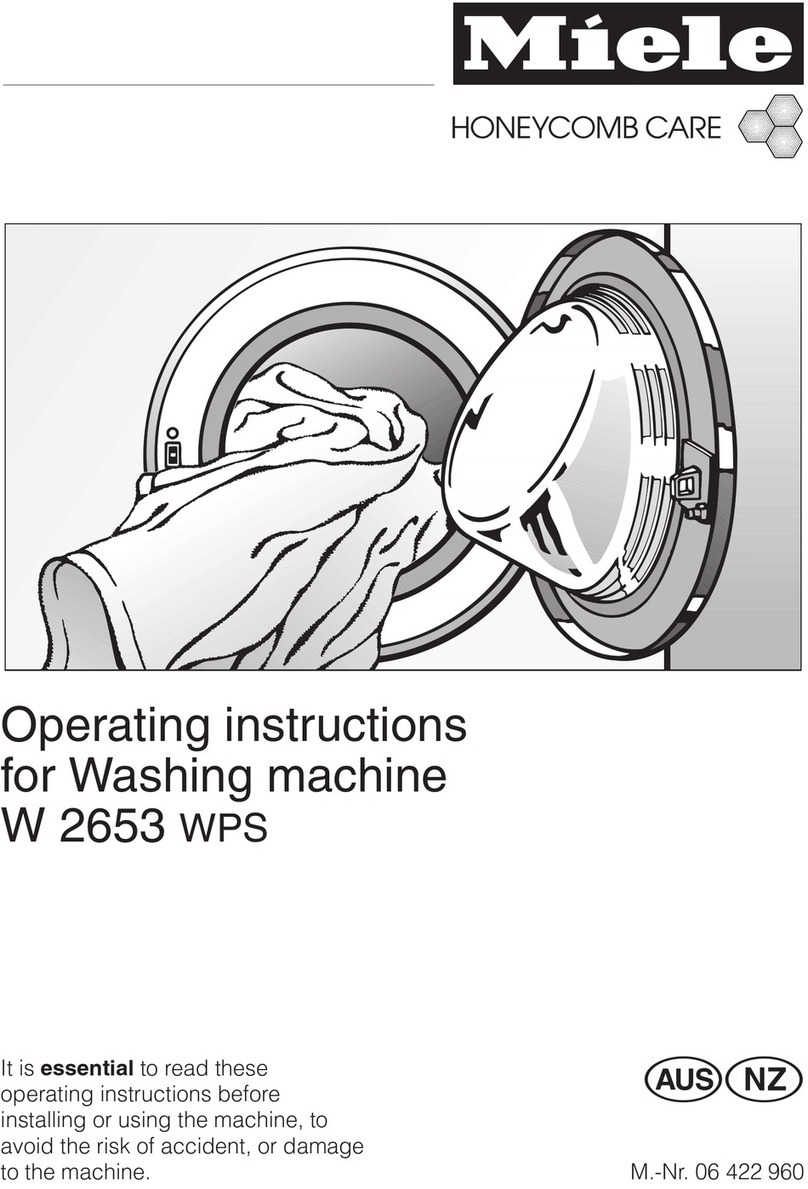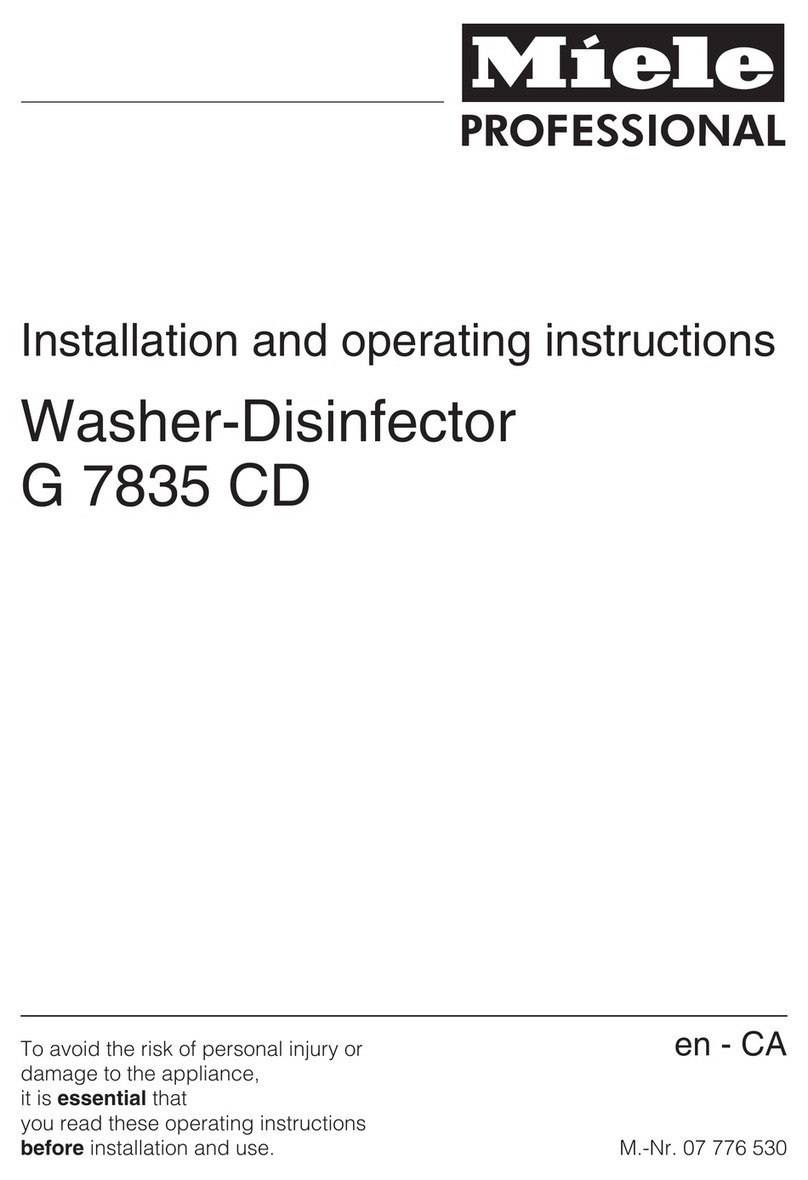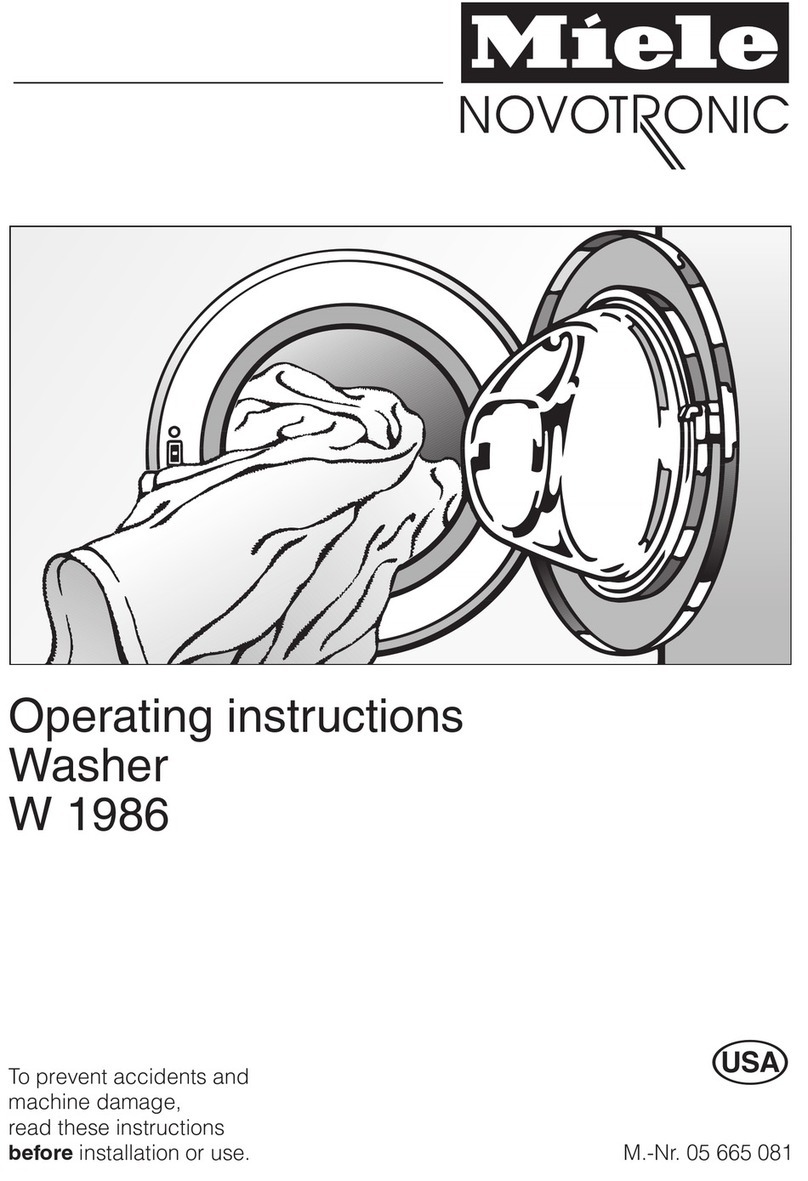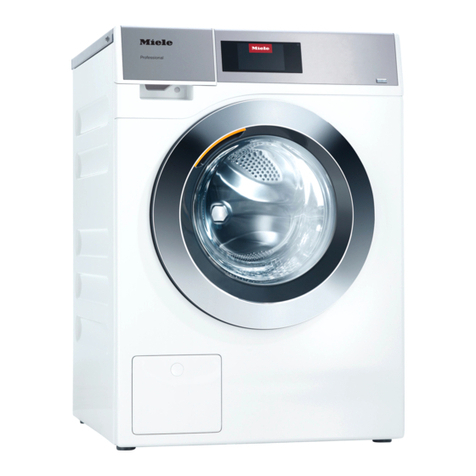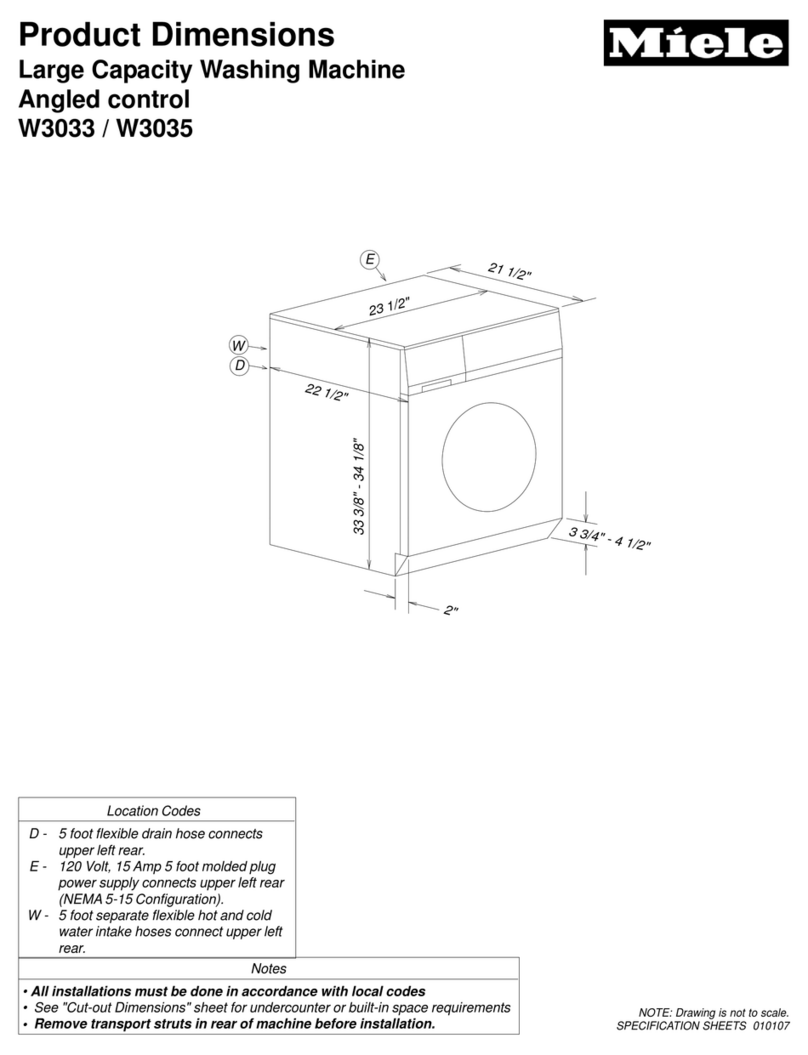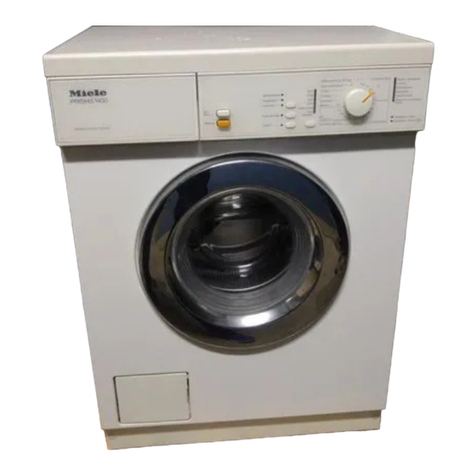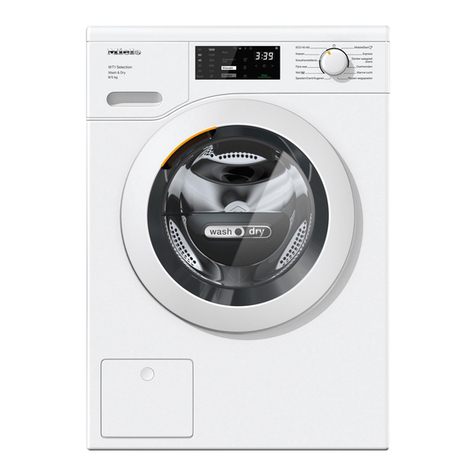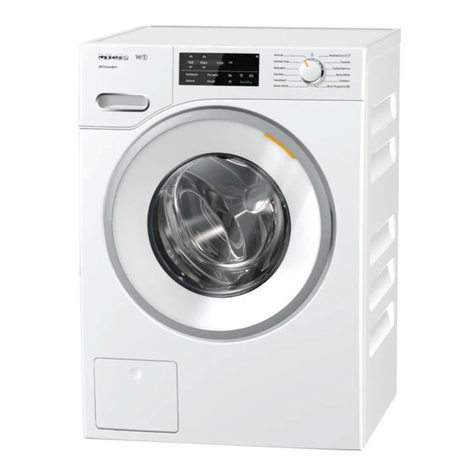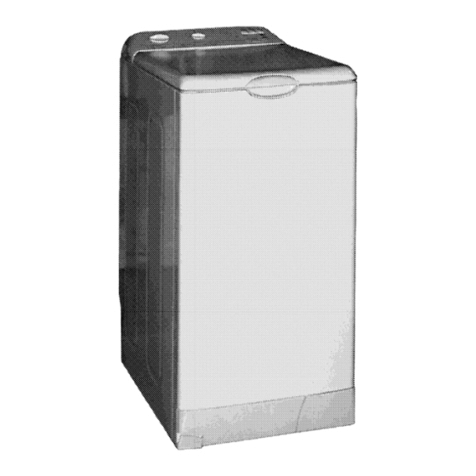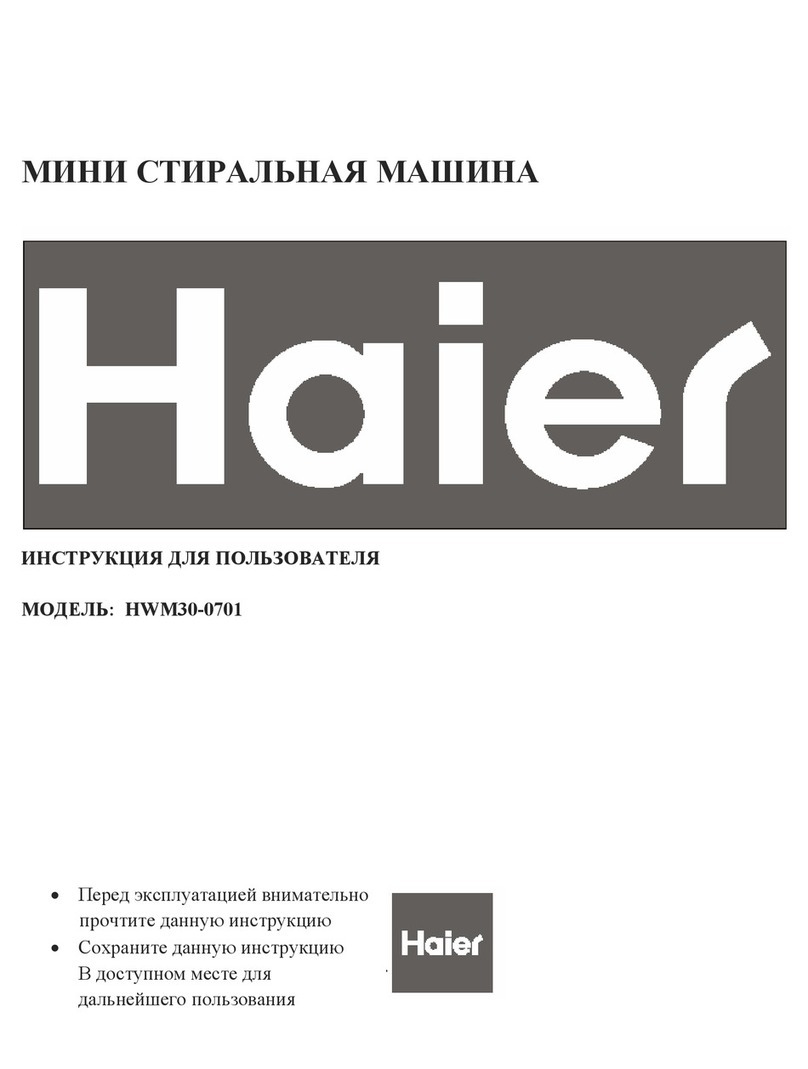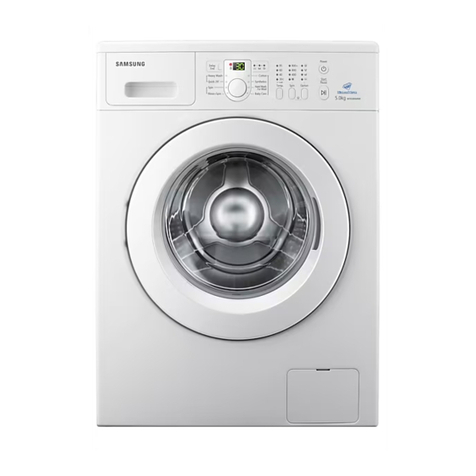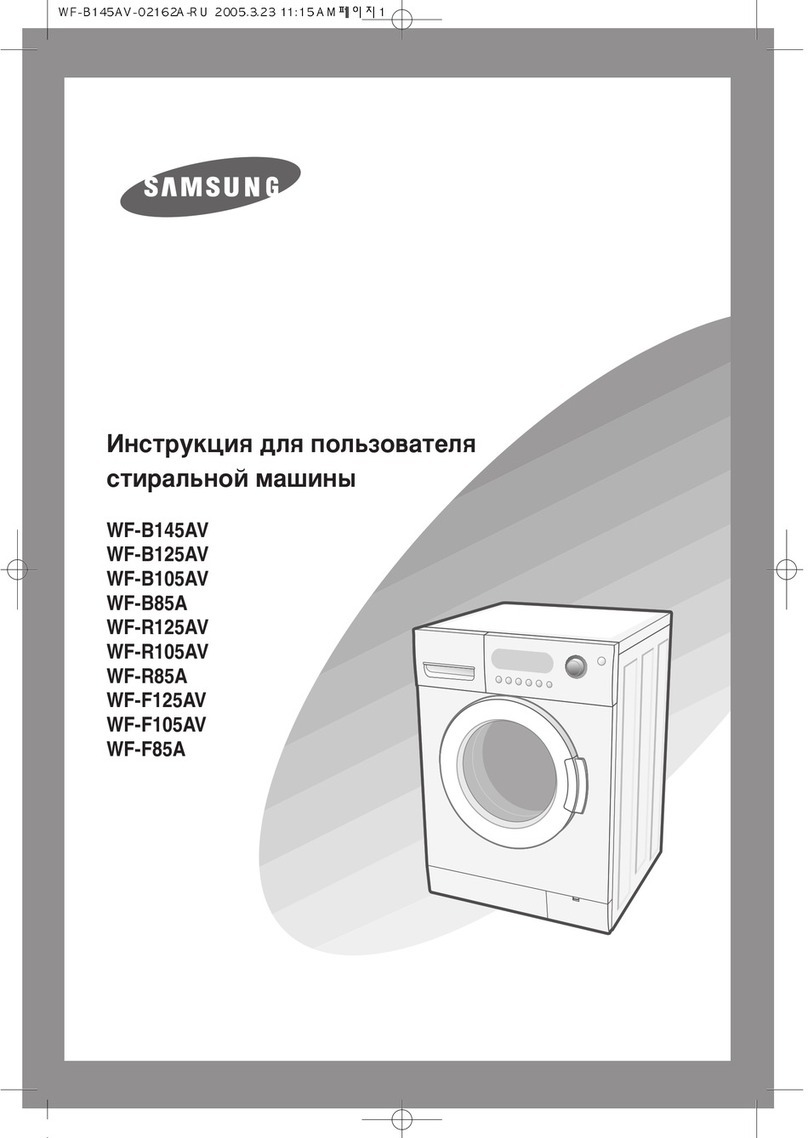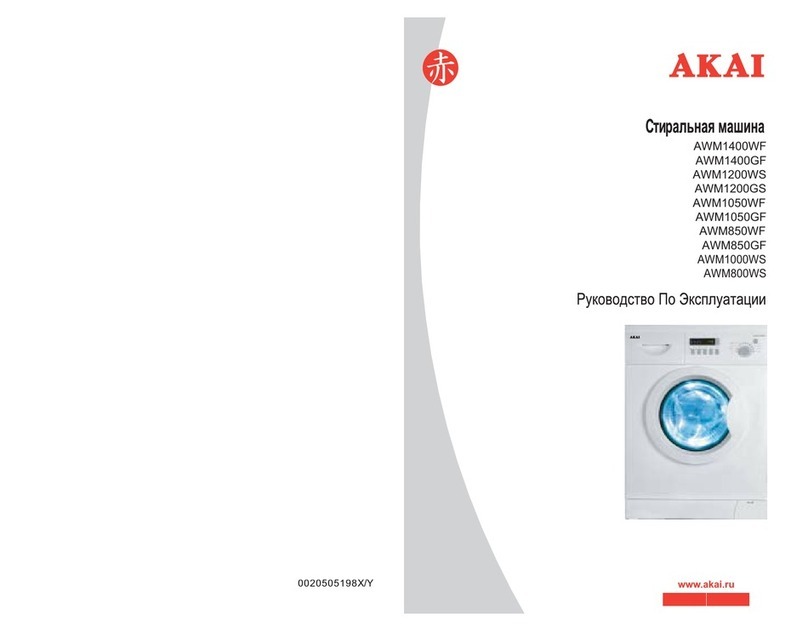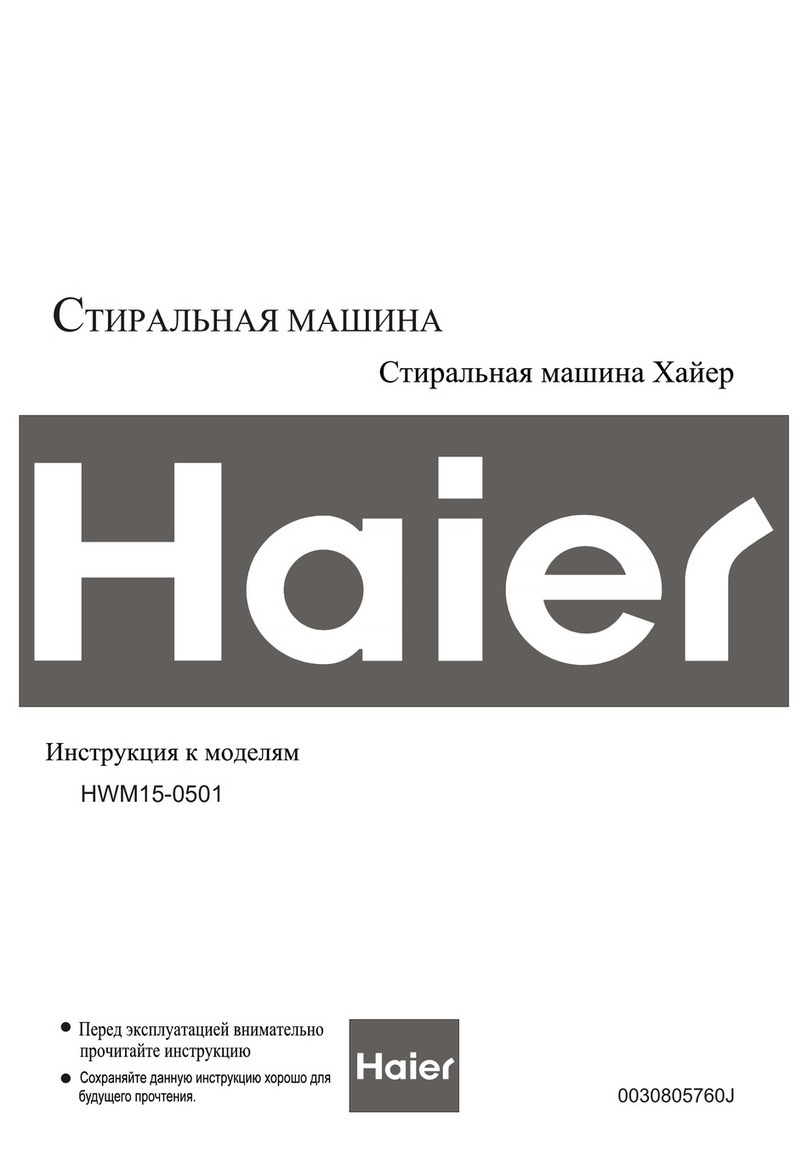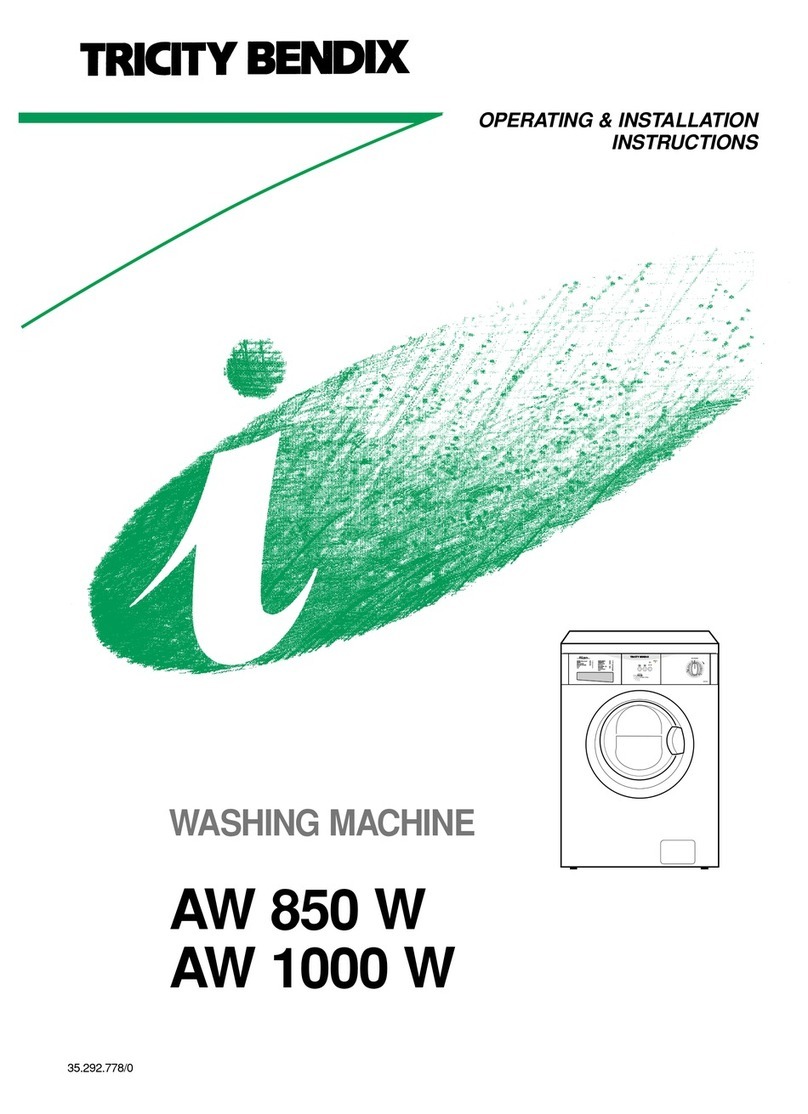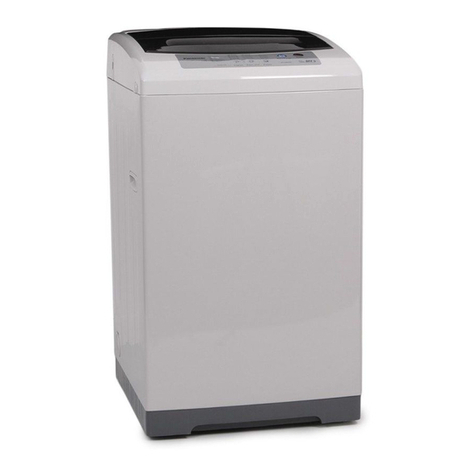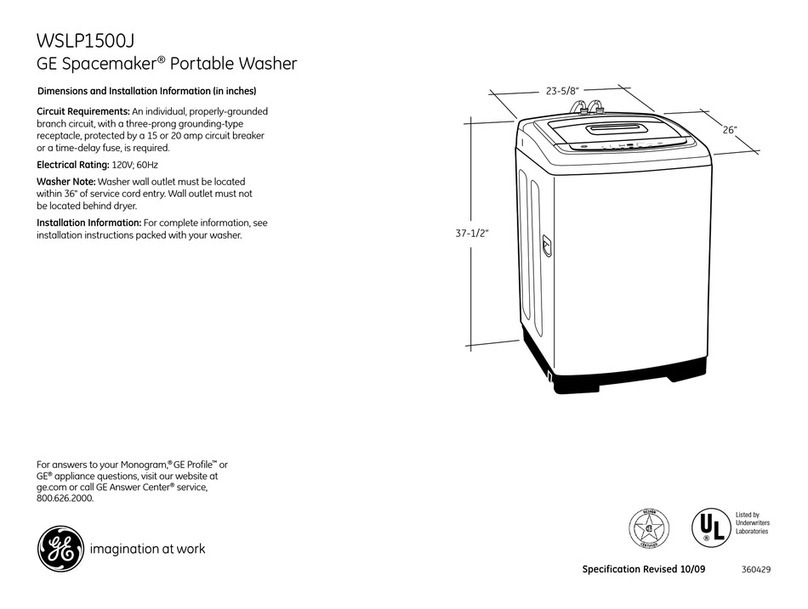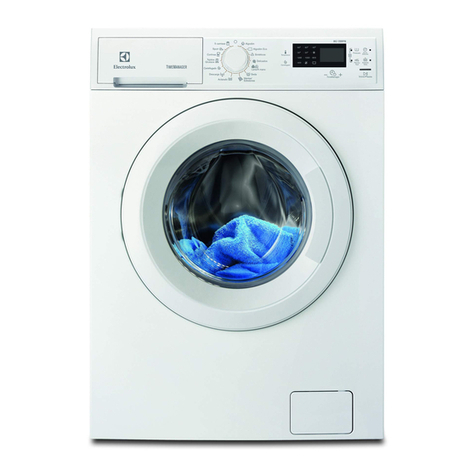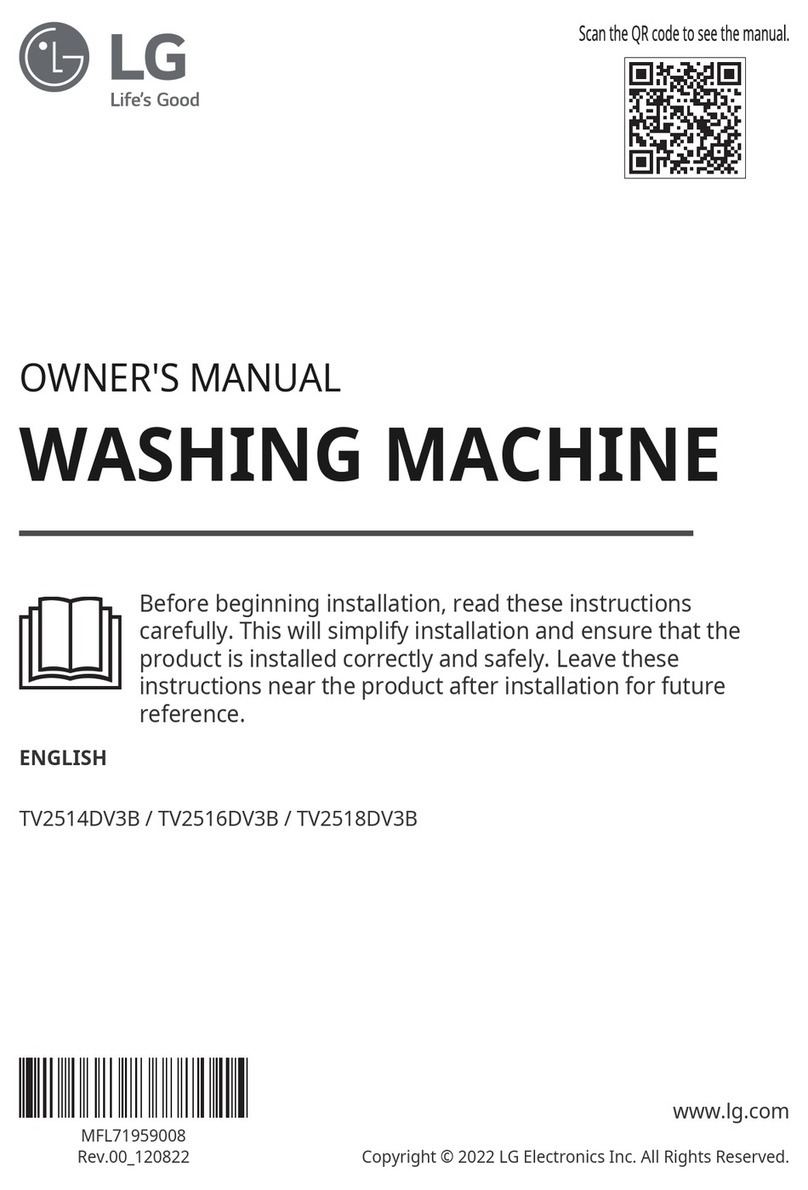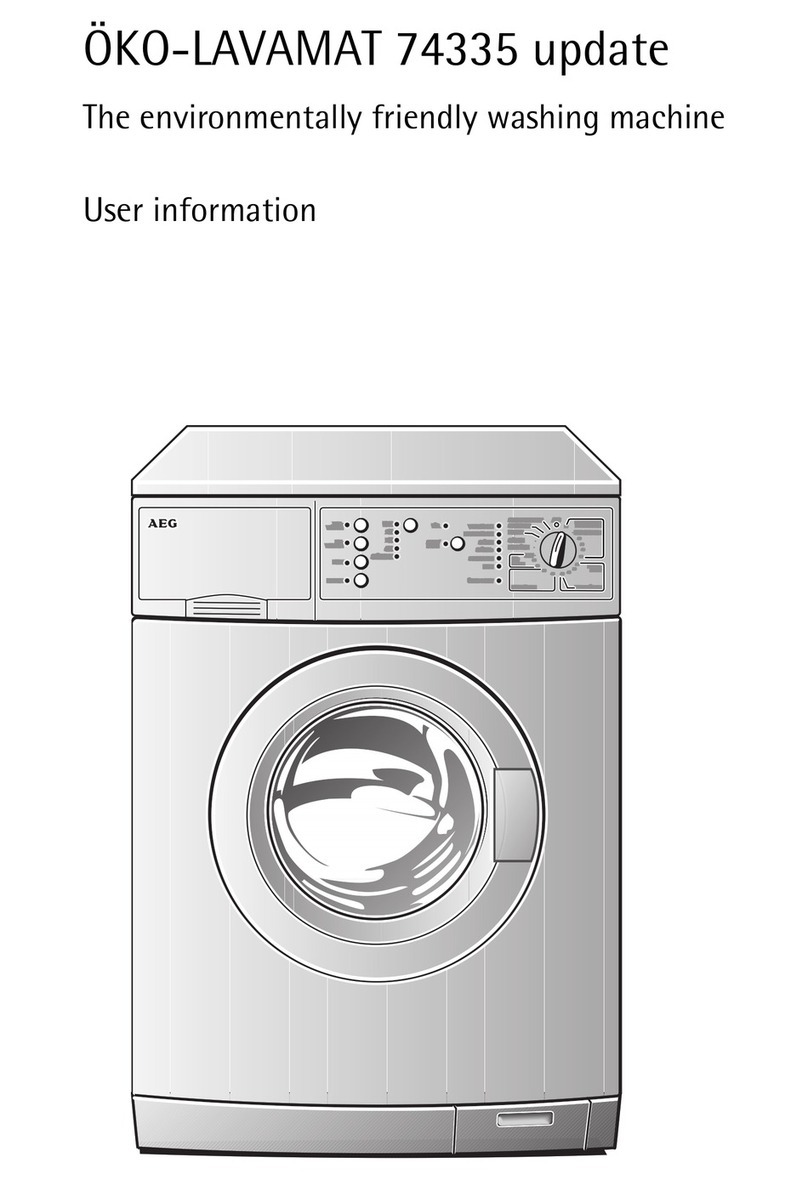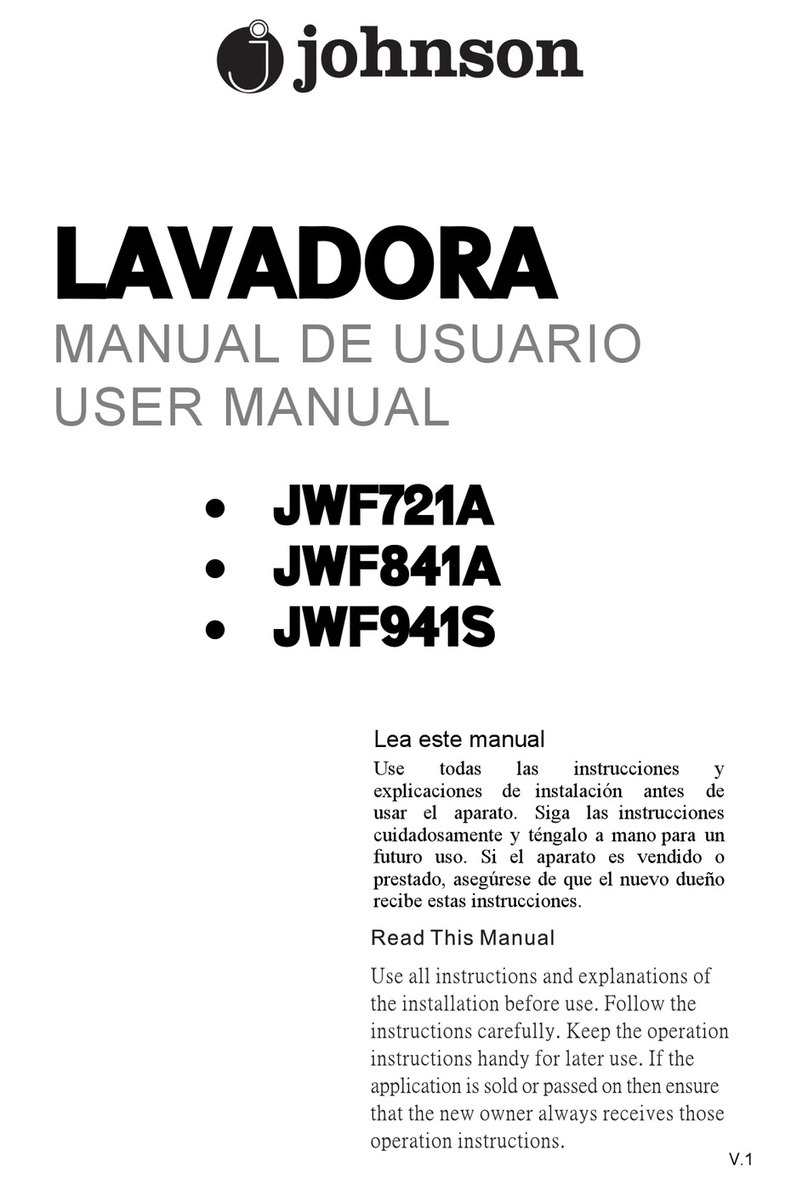~It is essential to read these
instructions.
This washer-extractor and tumble
dryer stack conforms to current
safety requirements. Inappropriate
use can, however, lead to personal
injury and damage to property.
To avoid the risk of accidents and
damage to the machines, please
read these instructions carefully
before using them for the first time.
They contain important information
on their safety, installation, use and
maintenance.
Keep these instructions in a safe
place and ensure that they are
made available to new users. They
must be made aware of these
Warning and Safety instructions.
Pass these instructions on to any
future users/owners of the machines.
Correct application
~The washer-extractor and tumble
dryer stack must be used as described
in these instructions and must be
checked on a regular basis to make
sure it is functioning correctly.
Maintenance must be carried out when
necessary.
~Only use the washer-extractor to
wash items which are specified by the
manufacturer to be machine-washable
on the wash-care label, and textiles
composed of hand-washable wool or
wool blend fabrics as well as satin, lace,
silk and other hand-washable garments.
The tumble dryer must only be used for
drying fabrics which are marked on the
manufacturer's care label as being
suitable for tumble drying. Any other
applications may be dangerous. The
manufacturer cannot be held liable for
damage resulting from incorrect or
improper use or operation.
~This appliance stack is not intended
for use by people with reduced physical,
sensory or mental capabilities, or lack of
experience or knowledge, unless they
are are supervised whilst using it or
have been shown how to use it by a
person responsible for their safety.
~Keep children away from the
appliance stack at all times. It is not a
toy! To avoid the risk of injury do not
allow them to play on or near it or to play
with its controls.
~It is the operator's responsiblity to
ensure that the standard of disinfection
in thermal as well as chemo thermal
procedures is maintained (in
accordance with § 18 IFSG and national
health and safety regulations) by
carrying out suitable validation tests.
Disinfection programmes must not be
interrupted, as this can have a limiting
effect on the disinfection result.
~If the appliance stack is used in a
publically accessible room, it is the
supervisor's responsibility to ensure that
suitable measures are in place which
enable operators to use it safely.
Warning and Safety instructions
5

